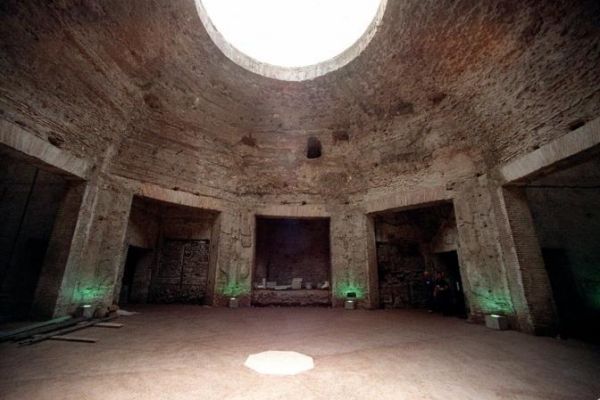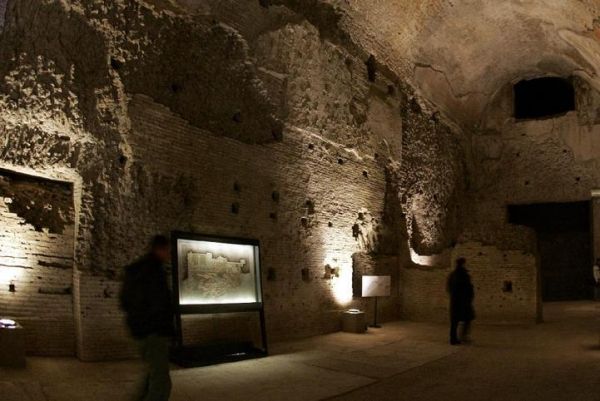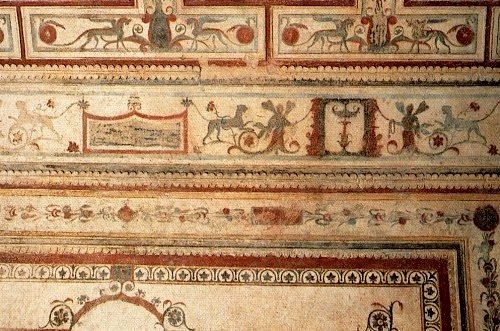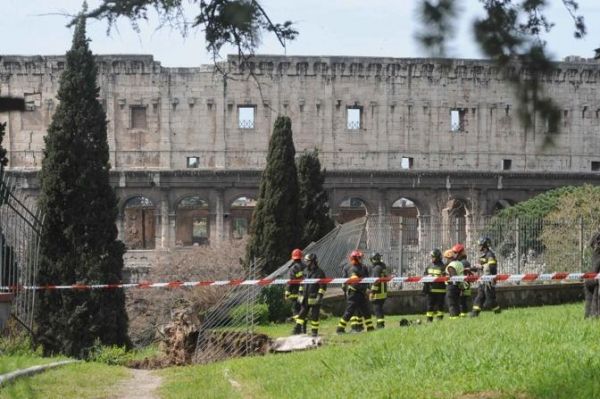Private money needed to retore Rome's monument
Italy is seeking a corporate sponsor to provide the estimated €31 million required to preserve Emperor Nero's Domus Aurea in central Rome.
Situated on the Oppian Hill overlooking the Colosseum, the complex lies mainly underground. Water seepage and damage from the roots of trees in the park above continue to cause major problems for the fragile monument which has been closed since 2005.
State archaeologists now propose removing the trees and hundreds of tons of soil, replacing the park with a much lighter landscaped garden, radically reducing the weight, humidity and water damage to the Domus Aurea. Like the monument, the 16,000-sqm garden is in a state of serious neglect and in recent years has become synonymous with drugs and anti-social behaviour.
The project would take four years, after which the “Golden House” would be reopened to the public, however Italy says it cannot afford the restoration without the aid of the private sector. Admitting that the state has "very limited resources" Italy's culture minister Dario Franceschini described the sponsorship as an opportunity for a company to fund an "extraordinary project that would capture the world's attention", adding "It would be scandalous if nobody comes forward."
Built by Nero (37-68 AD) after Rome's great fire in 64 AD, the sprawling Domus Aurea complex covered much of the neighbouring Palatine and Coelian Hills by the time of its completion. Rooms were decorated with frescoes depicting fantastical creatures such as griffins and winged lions, while other walls were adorned with semi-precious stones and gold leaf. Emperor Trajan later built the famous Trajan's Baths on top of the Domus Aurea, while the Colosseum was built on the site of a drained lake belonging to the extravagant complex.
During the Renaissance artists such as Raphael, Pinturicchio and Michelangelo lowered themselves down on ropes into the Domus Aurea to learn from the perspective used in the ancient frescoes. The artists also carved their names into the walls as proof of their visit.
After being off-limits for years the complex was re-opened to the public in 1999, at a cost of €2.5 million, and began attracting an average of 1,000 visitors a day. It has been closed to the public since 2005 because it is unsafe. In 2010 the monument was back in the news when a 60-sqm section of ceiling from the structure known as Trajan's gallery caved in following heavy rains.
If Italy were to find a sponsor, the monument could be open in 2018. See related article.


























